The Great Exhibition of 1851
The Great Exhibition of the Works of Industry of all Nations, or simply the Great Exhibition, was created and organised by Henry Cole with the backing of the Royal Society for the Encouragement of Arts, Manufactures and Commerce and its president, Prince Albert.
The exhibition displayed and celebrated contemporary industrial technology, craftsmanship, art and design from over 15,000 national and international exhibitors. There was however an ulterior motive for setting up this exhibition; to promote and highlight to the world Great Britain’s position at the forefront of industry.
The venue, designed by Joseph Paxton, and named ‘The Crystal Palace’, was an impressive 564 metre long, 138 metre wide cast iron and plate glass structure taking up 19 acres of London’s Hyde Park.
The exhibition was opened by Queen Victoria and Prince Albert on the 1st May 1851 and ran for just over six months. Indeed, Queen Victoria herself attended the exhibition on 33 different occasions. By the time of its closing on the 11th October 1851, the exhibition had welcomed over six million attendees. It was a resounding success and created a considerable profit of over £186,000 (approximately £24.5 million in today’s money); the proceeds of which, purchased 87 acres of land in London’s South Kensington, and helped to found the Victoria and Albert Museum, Science Museum, Natural History Museum, Royal Albert Hall, Imperial College, Royal College of Art, and the Royal College of Music
Renowned manufacturers, notably Asprey, Aucoc, Edwards, Leuchars and Mechi, exhibited their finest dressing cases. Prize medals for excellence of workmanship were awarded to Aucoc, Audot, Edwards, Laurent and Leuchars, with Asprey, Austin and Strudwick receiving honourable mentions.
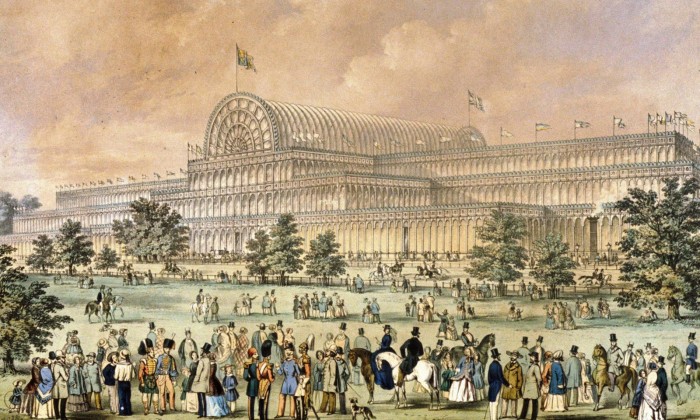
‘The Crystal Palace’, venue of the Great Exhibition of 1851 in Hyde Park, London.
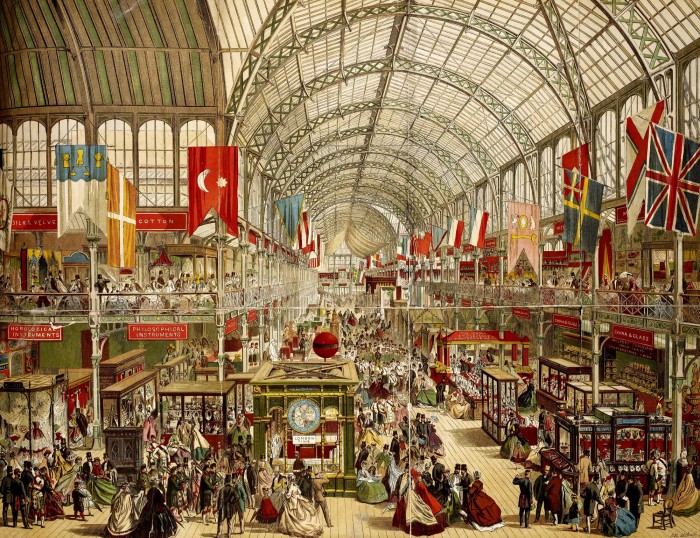
Interior view of the Great Exhibition of 1851.
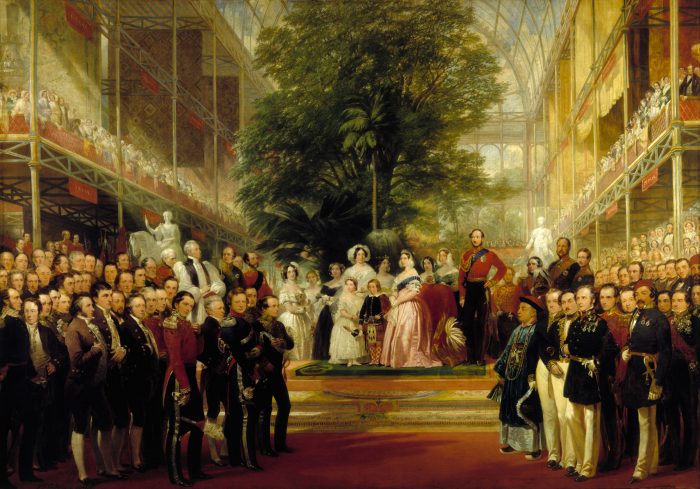
‘The Opening of the Great Exhibition by Queen Victoria 1 May 1851’ by Henry Courtenay Selous.
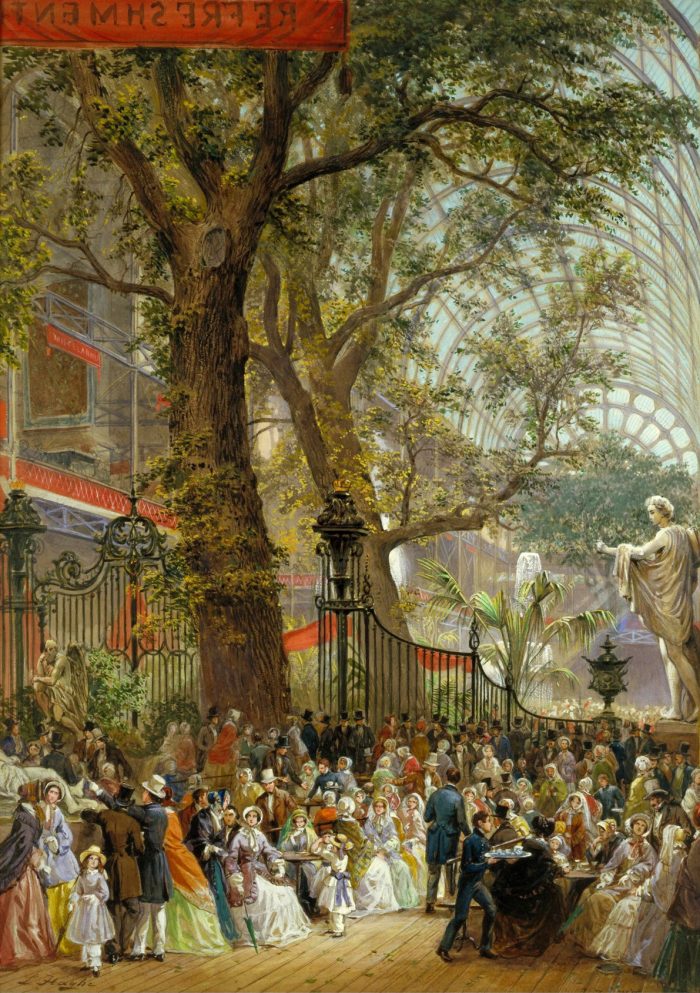
Refreshment area at the Great Exhibition of 1851.
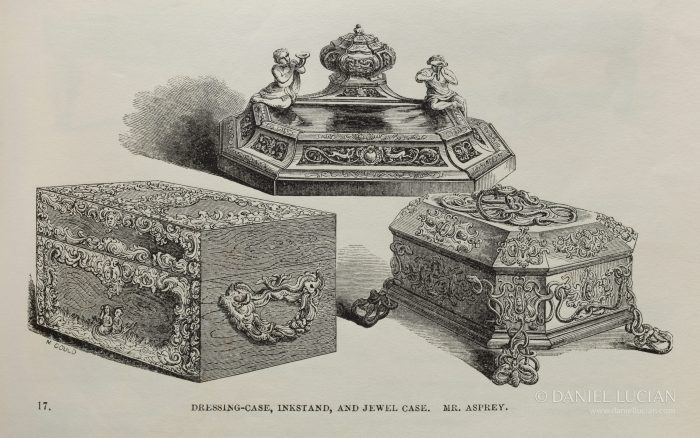
An illustration of the Asprey dressing case taken from the ‘Official Descriptive And Illustrated Catalogue Of The Great Exhibition Of The Works Of Industry Of All Nations 1851’.
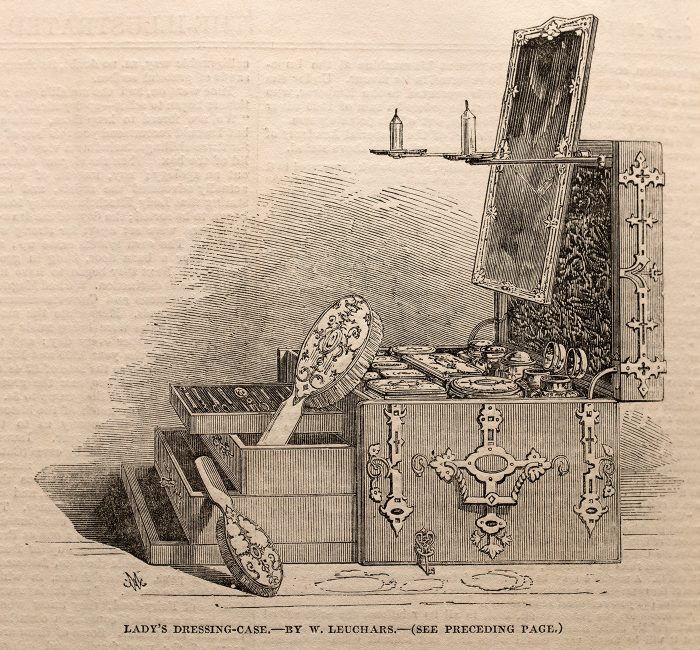
Lady’s dressing case by William Leuchars taken from the September 1851 edition of the Illustrated London News.
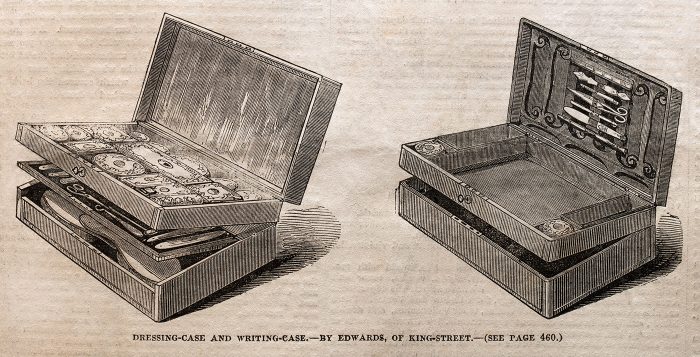
Gentleman’s dressing case and writing case by Edwards, entered into the 1851 Great Exhibition.
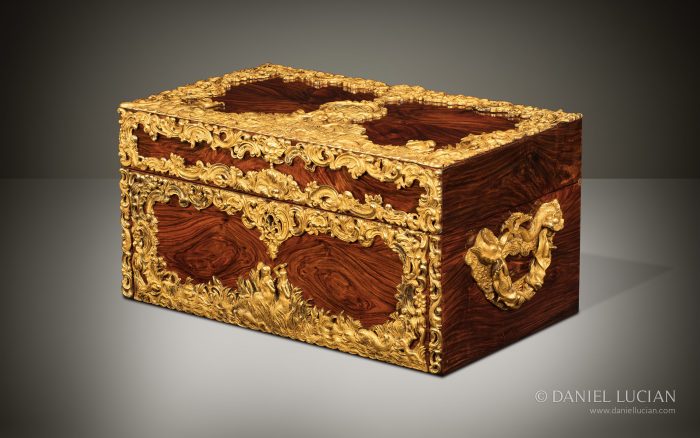
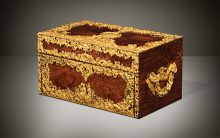 Price On Application
Price On Application